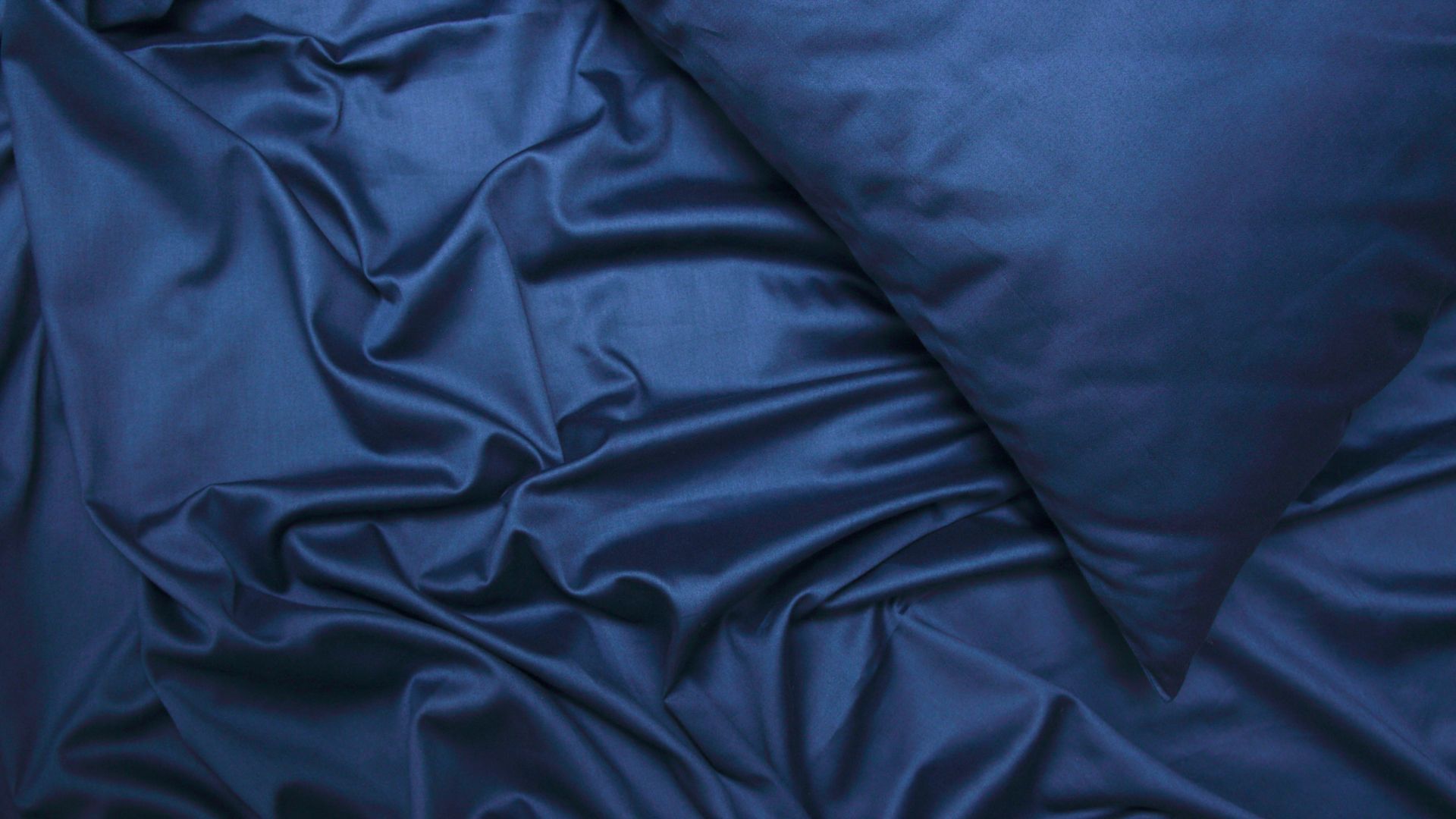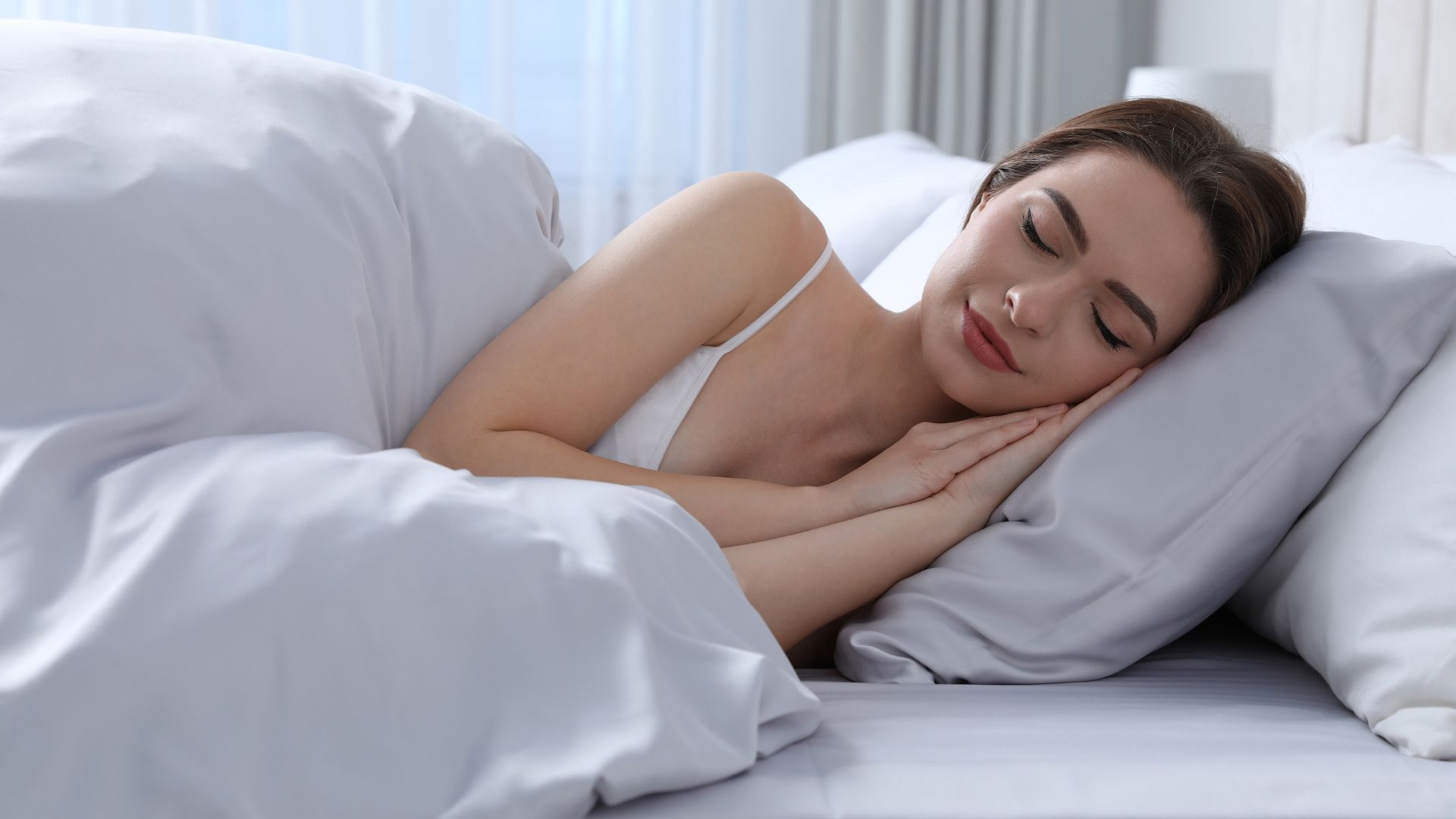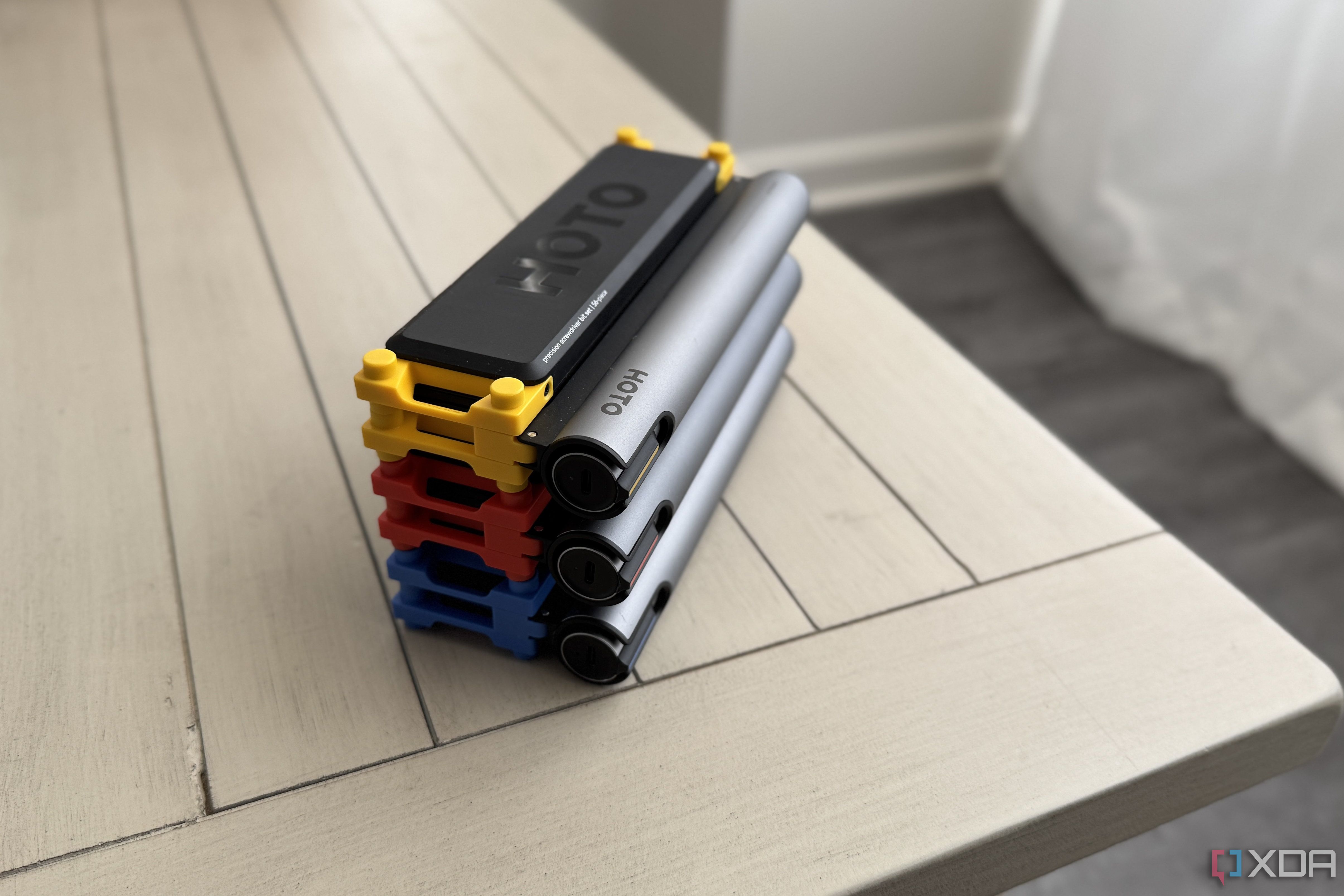Satin pillowcases offer a gentle, silky surface to smooth skin and hair on a budget, which is why I've been using them for years. But in the grip of a long heatwave in my city this summer, I've started to realize that satin pillows aren't the best for hot weather.
Even the best pillows that boast cooling or breathable properties won't be effective if you dress them in materials that don't offer temperature regulation. So, that's why I've finally decided to ditch my sating pillowcase.
Instead, I'll be opting for pillowcases made from materials that are naturally cooling or temperature-regulating. Here's a breakdown of why satin pillowcases shouldn't be used during hotter months and three other kinds of materials you should look for in the Amazon Prime Day sleep and mattress deals instead.
What is satin and why is it used in pillowcases?

Satin is any fabric with a specific weaving technique that produces a glossy, smooth texture.
Traditionally, satin was made from silk, but satin now refers to any synthetic material (usually polyester, rayon or nylon) that has a silky texture and sheen that mimics pure silk. The ones I use tend to be made from polyester.
Satin is used in pillowcases for a variety of reasons. Firstly, it's affordable, with the average satin pillowcase costing under $10. It's also easy to clean and usually machine-washable.
Another reason why satin pillowcases have enjoyed a boost in popularity is their skin and hair benefits. Satin is gentle on skin and can reduce the look of wrinkles and fine lines, while the soft and smooth fabric prevents hair breakage and frizz.
Why you shouldn't use a satin pillowcase during hot weather
Despite its beauty benefits and low price and maintenance, a pillowcase made from satin is not breathable and can make you feel warm at night. This is a drawback I recently discovered while trying to fall asleep during the heatwave.
No matter how hard I tried, I just couldn't find that sweet cold side of my pillow, so I decided to do some research and realised that my polyester satin pillow was building up heat and trapping moisture, making for an uncomfortable and humid night's sleep.
3 cooling alternatives to a satin pillowcase
While satin pillowcases may have a gentle, silky feel that's great for hair and skin, there are other pillowcase materials that are kind to skin and hair while regulating temperature and keeping you cool.
Here are my top three picks for a cool and gentle place to rest your head.
1. Silk
Okay, I admit that the reason I bought satin pillowcases in the first place was that I wanted to reap the hair and skin benefits of silk at a cheaper price.
However, if it means that I have to feel overheated throughout the night, then I'm willing to pay extra for something more breathable
Silk, on the other hand, is breathable and moisture wicking, meaning it won't trap heat or humidity which can lead to night sweats and discomfort.
It helps to regulate your body's core temperature to keep you cool throughout warmer nights (and warmer throughout colder nights). Like satin, silk's smooth surface is kind to hair and helps skin retain moisture to minimize winkles and dryness.
2. Bamboo
Bamboo has been quite the breakout star in the sleep industry, with many brands behind the top mattresses on the market infusing natural material into their best mattress toppers and bedding.
Why? Because bamboo is great at reducing night sweats and overheating through its naturally breathable and moisture-wicking properties.
The soft, hypoallergenic texture is kind to sensitive skin and can also reduce the friction that leads to hair breakage and tangles. Plus, it protects the skin's moisture levels leading to an irritation-free, healthy skin.
3. Tencel Lyocell
Tencel Lyocell (or just Tencel for short) is used in the cooling bedding of premium brands such as Helix and Tempur-Pedic, and for good reason — it's silky soft, hypoallergenic and promotes air-circulation for a cool-to-touch feel.
It's silky surface also reduces breakage hair breakages and smooths frizz, while its antimicrobial and moisture-wicking properties promotes skin hygiene and a moisturized complexion.
.png)












 English (US) ·
English (US) ·